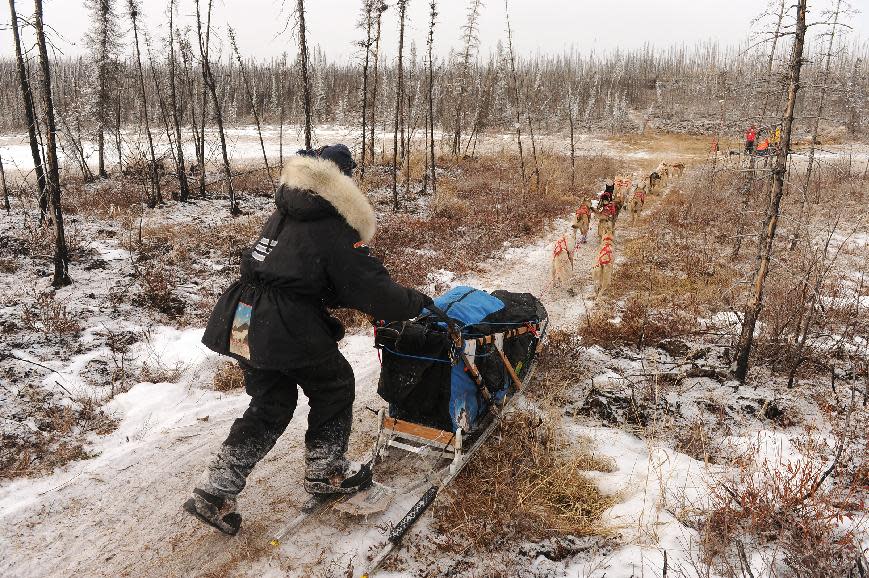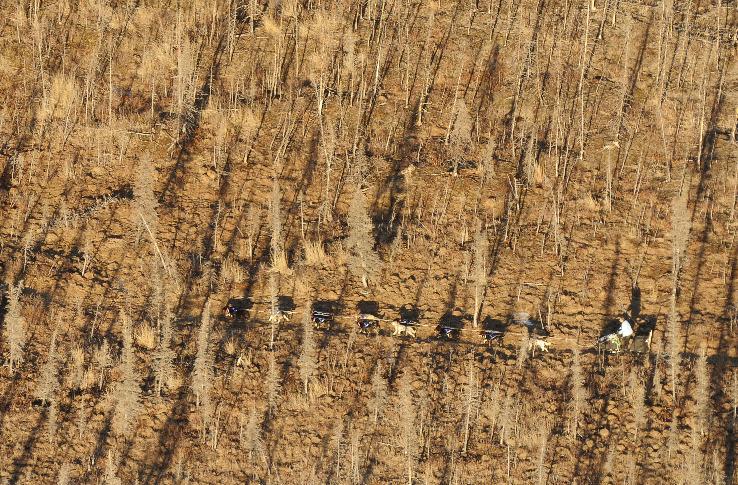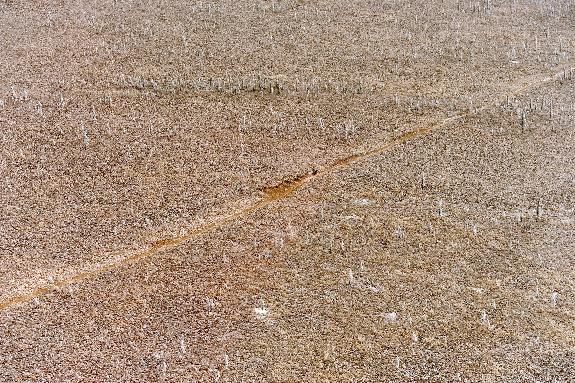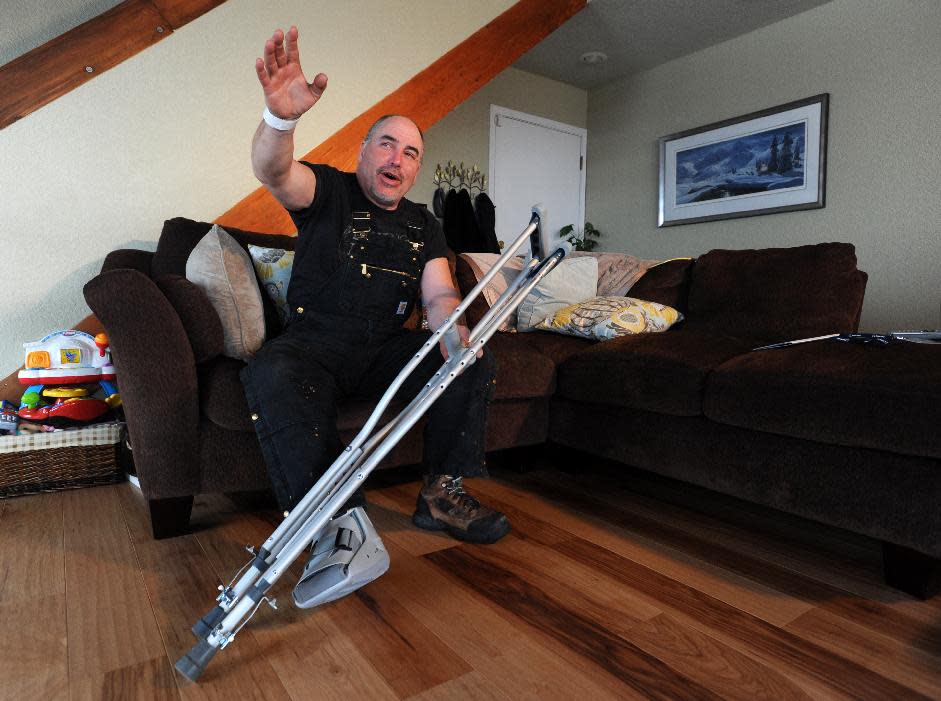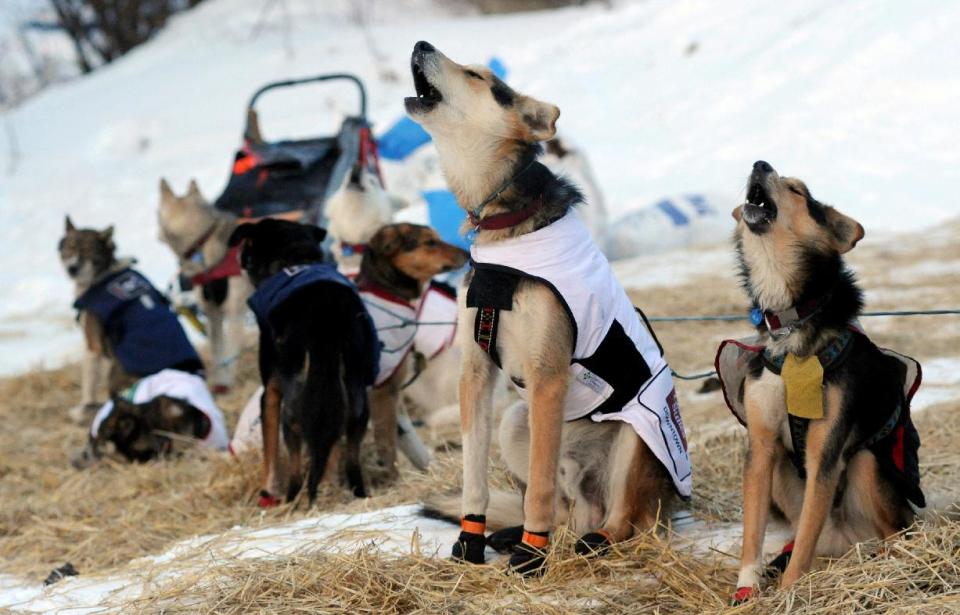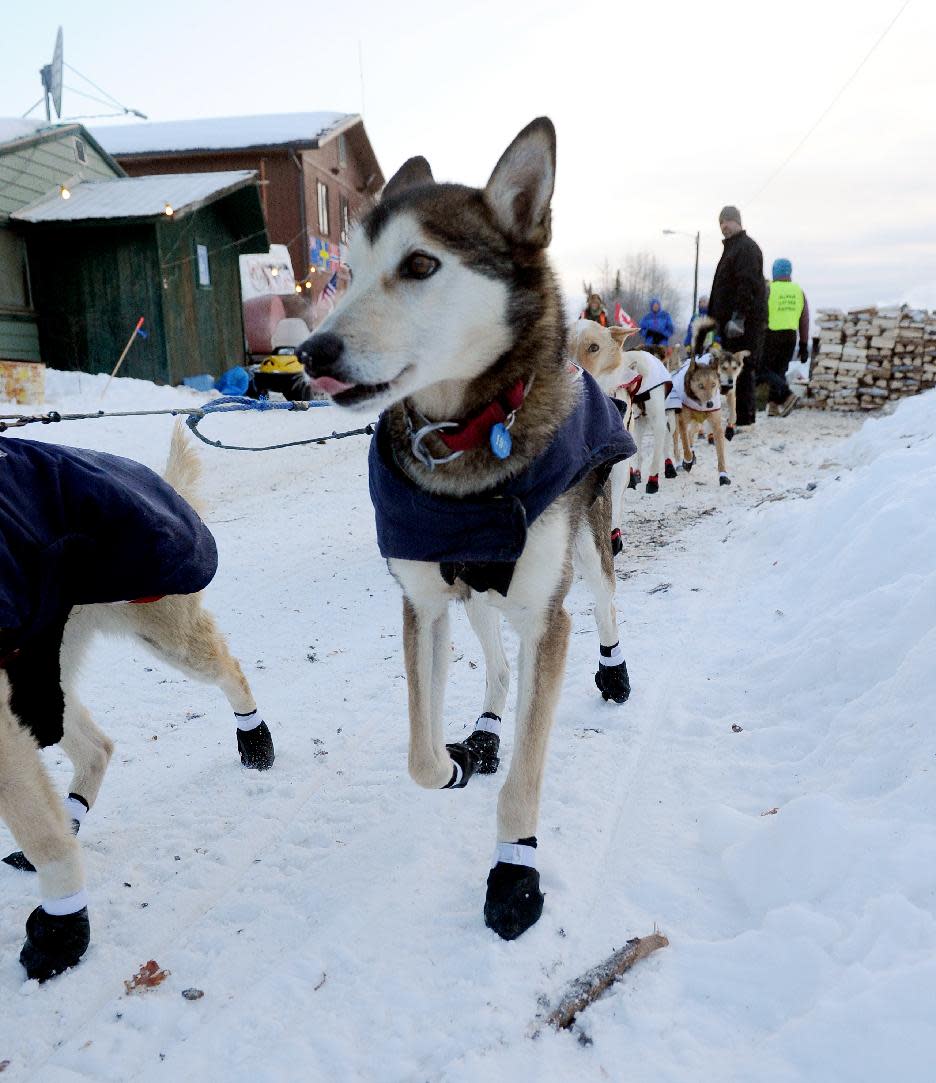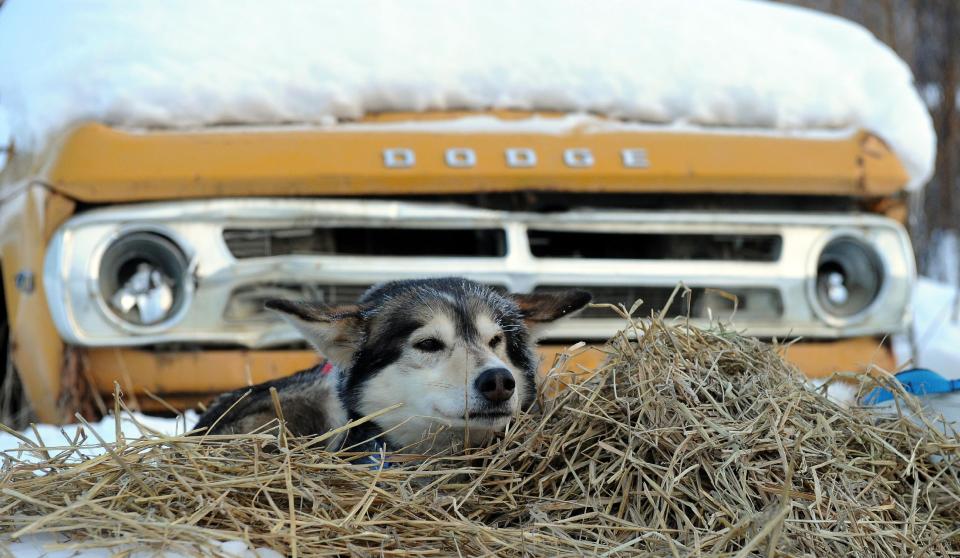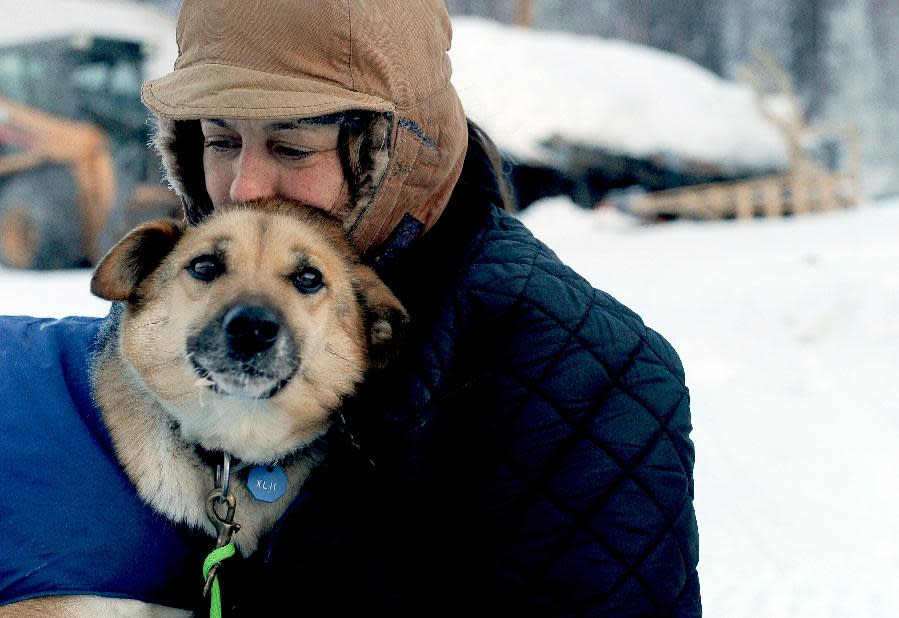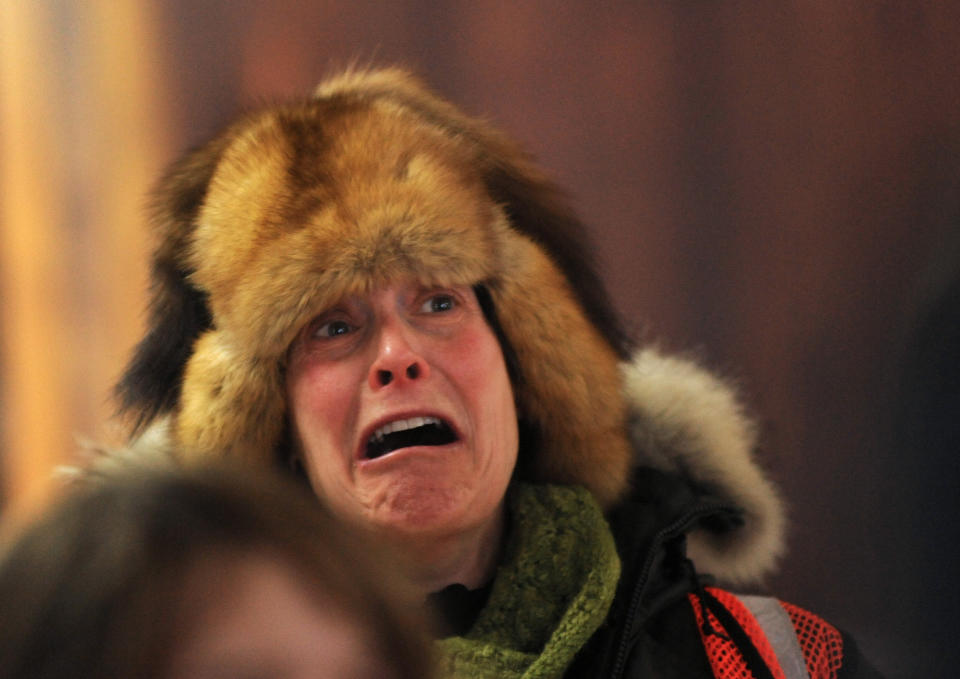Iditarod: 5 things to know about trail conditions
ANCHORAGE, Alaska (AP) — Punishing conditions along the early part of Alaska's nearly 1,000-mile Iditarod Trail Sled Dog Race have brought many mushers literally to their knees, knocking some out of the running altogether.
As of Thursday morning, 12 mushers had dropped out — at least one with a broken bone — and one was withdrawn, leaving 56 teams on the trail. Long stretches of bare ground made conditions treacherous hundreds of miles from the finish line in Nome on Alaska's western coast.
The trail gets better, then worse, with rumors among mushers of more icy patches with little snow on the final leg along the wind-whipped Bering Sea coast. The icy conditions are making for a blazing fast trail — some say swifter than usual. Less snow means faster running but less traction.
Here are some key things to know about the rough ride:
WHERE'S THE SNOW?
Spare snow and bare rocky ground made for an icy, treacherous trail between the checkpoints of Rainy Pass and Nikolai, more than 700 miles from the finish line. Many mushers crashed their sleds. Veteran musher Hugh Neff, who won the 1,000-mile Yukon Quest International Sled Dog Race in 2012, broke the brake pad and had to get a replacement sled. Something people might not realize, he said, is how much faster and uncontrollable it is crossing uncovered terrain. "This is the craziest trail I've ever seen," Neff said in McGrath, where he completed a mandatory 24-hour layover Wednesday.
MUSHERS BANGED UP
A hefty share of mushers were bruised, scraped and battered over the steep or rocky sections of the trail. Ten of the mushers dropping out were announced in Rainy Pass. Among those with serious injuries is Scott Janssen, who broke his ankle trying to round up a loose dog and earlier was knocked unconscious when his sled turned over and he hit his head on a tree stump. Four-time champion Martin Buser sprained his left ankle, but is forging ahead.
WHAT ABOUT THE DOGS?
The dogs have fared much better. There are some sore muscles, sure, but most teams are holding up well. "There's a reason they call it dog mushing and not human mushing, because the dogs are a lot tougher than we are," Neff said. Some mushers also are carrying some dogs that are tired, but that happens every year.
SMOOTHER SAILING
The bone-rattling ordeal transforms into a more normal ride farther up the trail, with mushers sliding on better snow coverage. "Here on out, it's nice," Neff said in McGrath. Conditions also look good on the Yukon River, at least from the Athabascan village of Ruby. Ed Sarten, an official with the local tribe, said he's heard there's favorable snow cover, at least to the next checkpoint at Galena. Even though this part of Alaska also has seen an unseasonably warm winter, temperatures have cooled below freezing and the river just got a couple inches of snow, which means better traction for mushers.
COASTAL SLIDE
The news is not so great once mushers hit Unalakleet, where the last leg of the race starts along the Bering Sea. Longtime local resident Gregg Sumstad said he was out trapping for mink and marten this week and encountered a slick trail with a lot of bare ground, much of it no more than a ribbon of ice. "It's slippery," he said, noting the last major snow fell in December followed by temperatures in the mid-40s. "It's the least amount of snow I've ever seen."
___
Follow Rachel D'Oro at —https://twitter.com/rdoro
